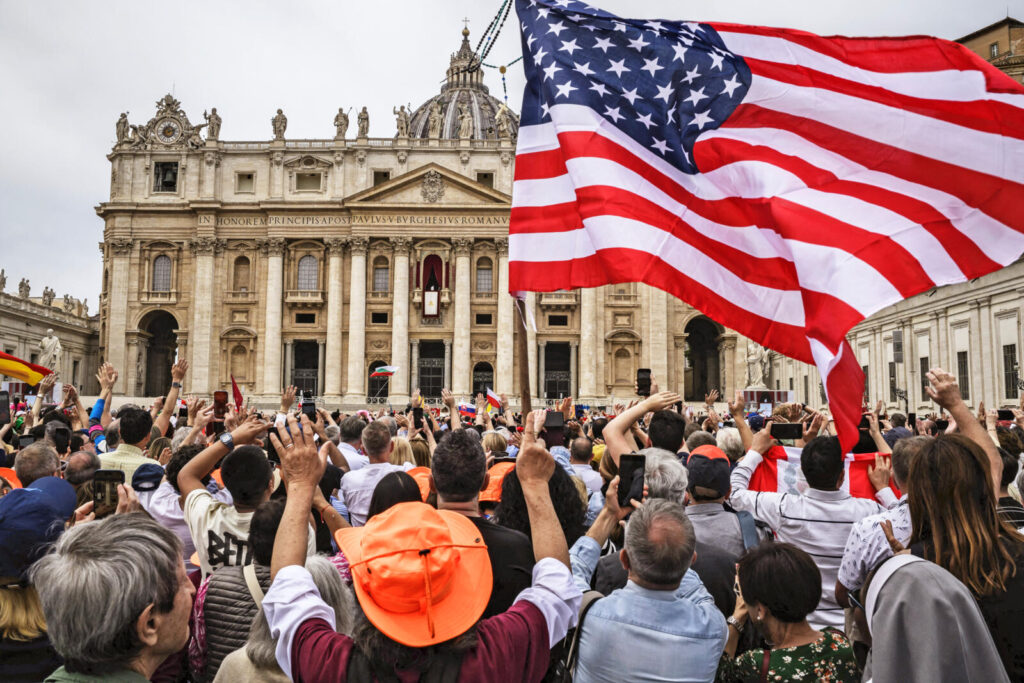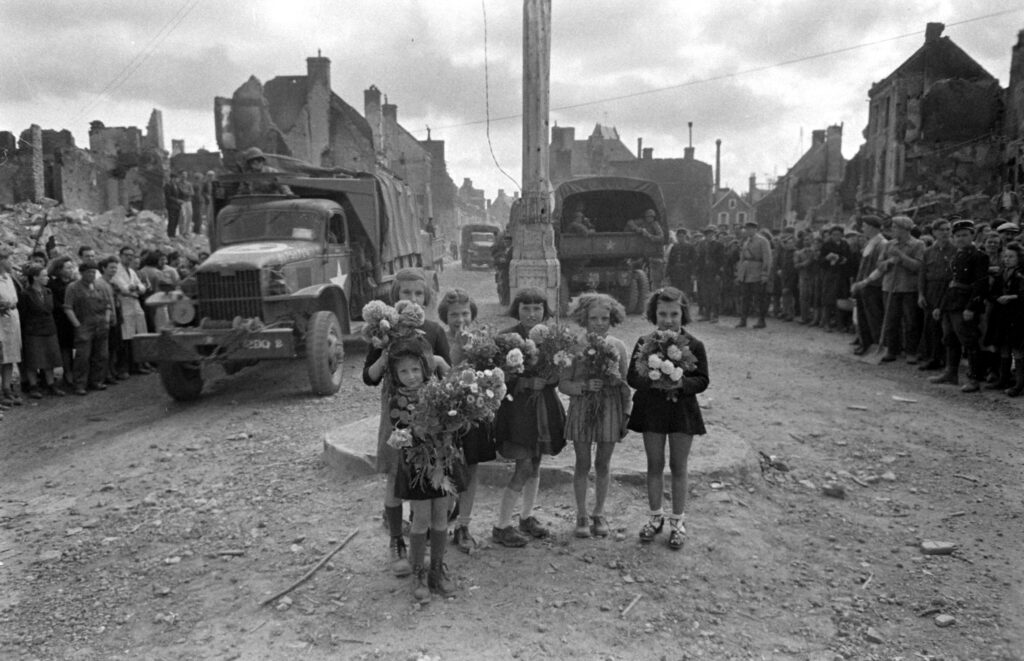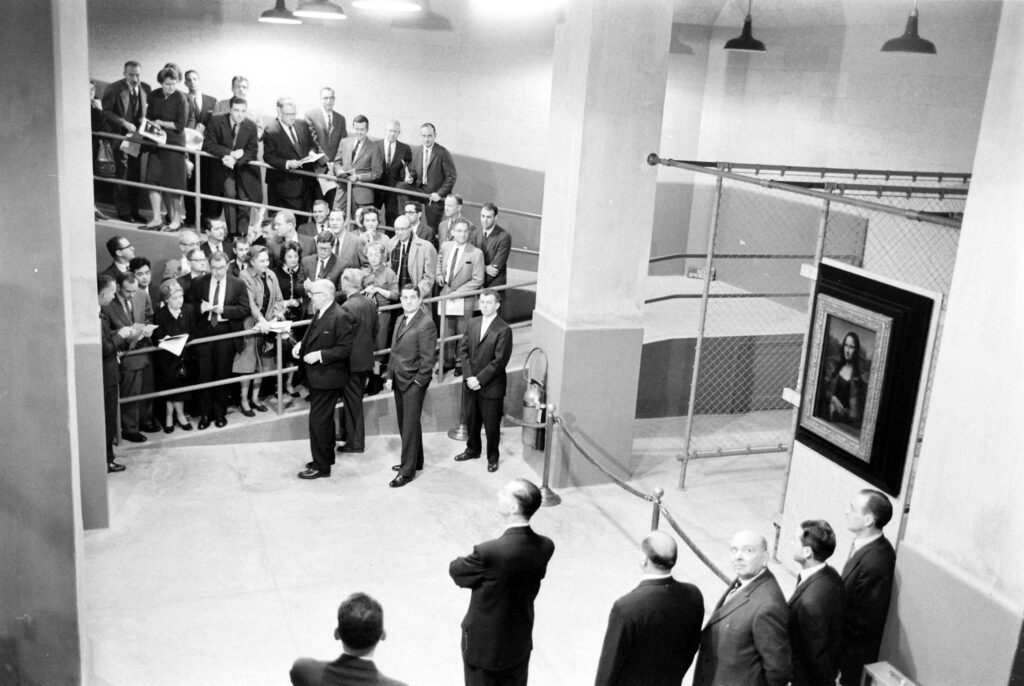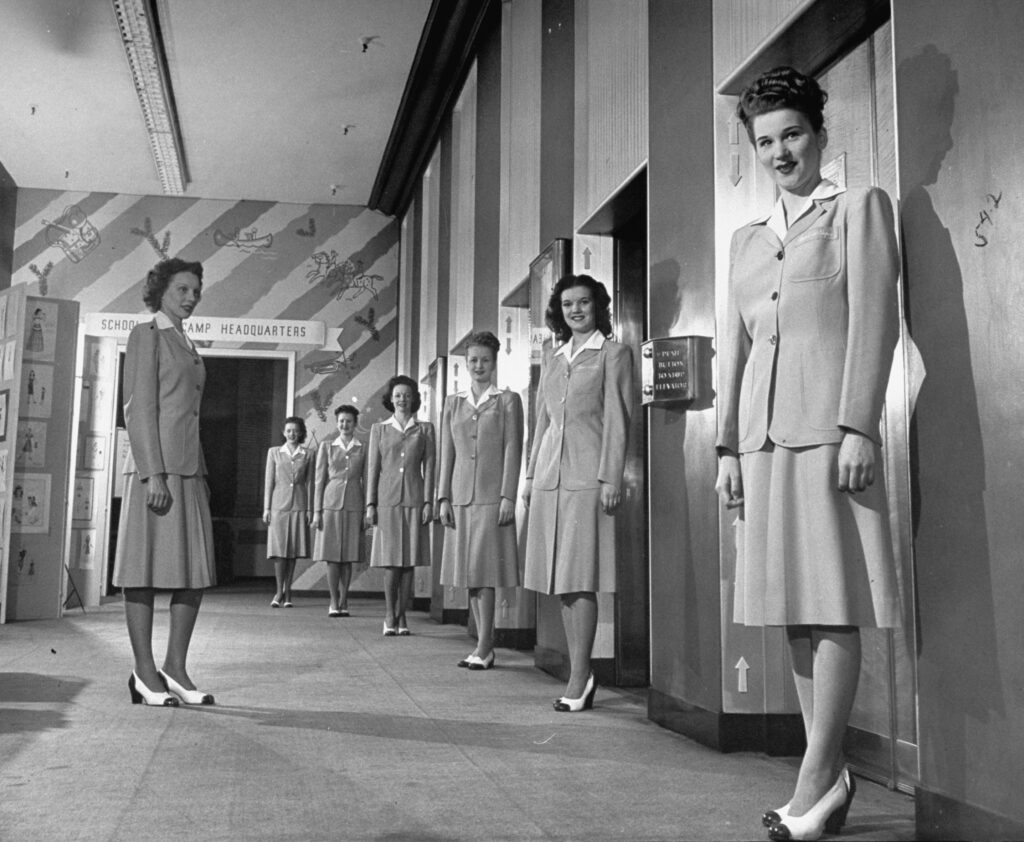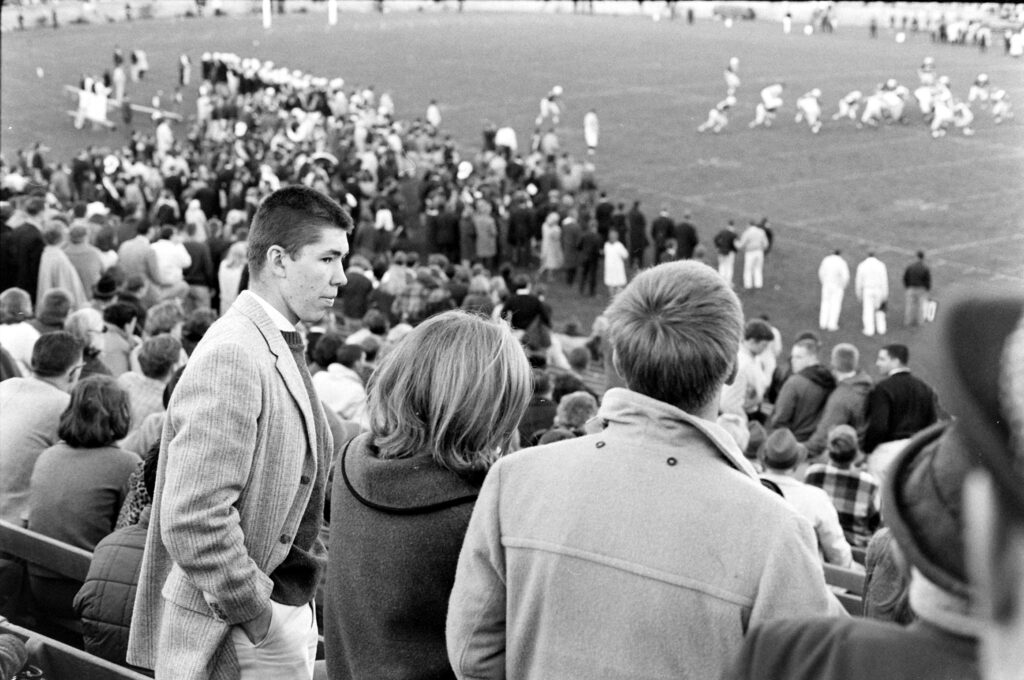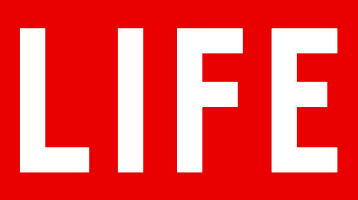The following is from LIFE’s new special issue on Pope Leo XIV, available at newsstands and online:
JESUS AND the early Christian evangelists did not necessarily have something called a papacy in mind 2,000 years ago, but they did imagine a church that would persevere through time. So, yes, when Christ handed the keys of leadership to Peter, he likely hoped that Peter would find a successor, and that many more good leaders would follow. But it would have been difficult to have imagined that the papal legacy would one day extend to 267 individuals, and that the Church would remain so potent in the 21st century, and that there is no end in sight. That is the power of Jesus’s attraction and God’s promise.
The excitement that has greeted the coronation of Pope Leo XIV, the former Robert Francis Prevost, 69, the first American pope, has been wondrous to behold, but it has tended to obscure some of the Church’s long history. Much of the news has implied that the main challenges Pope Leo will face are confined to Catholicism itself: sliding church attendance, Vatican finances, divisions between liberals and traditionalists, doctrinal debates over ordaining women as clergy, and LGBTQ Catholic inclusion. Such a narrow focus ignores the long, dramatic role the Church has played on the global stage from Peter’s day to our own. In an era where traditional diplomacy has struggled to resolve complex issues, the Holy See has retained the moral authority to transcend the political fray, as illustrated by the recent meeting inside St. Peter’s Basilica between presidents Donald Trump and Volodymyr Zelensky. The pope’s voice carries weight in a world wracked by numerous conflicts, from Ukraine and Gaza to Sudan. Indeed, in his first Sunday address, Leo called for an end to war everywhere.
From 756 to 1870, popes ruled a large part of central Italy—the so-called Papal States—and their politics and alliances shaped the world order for centuries. But even after the Papal territories were annexed by Italy and popes lost their secular powers, they continued to play an outsize role on the global stage. In 1962, at the height of the Cuban Missile Crisis, Pope John XXIII sent messages to both Soviet premier Nikita Khrushchev and President John F. Kennedy, urging the leaders to resolve the standoff peacefully. In 1979, when Poland was still under Russian influence, Pope John Paul II made a nine-day visit to his home country, helping to spark the Solidarity union movement and the end of communist rule in Poland. Pope Francis continued this tradition, calling for a ceasefire in Gaza, working for the support for the rights of migrants, and, with his encyclical Laudato Si’, framing environmental stewardship as a moral imperative.
As the 267th pontiff, Leo will not only lead the world’s 1.4 billion Catholics, but he will have the opportunity to tap his long experience as a missionary and help steer history. Because of the Church’s power, he will be able to reach across borders, cultures, and faiths to redefine contemporary issues such as artificial intelligence, nuclear disarmament, and mass migration. His influence will be unique, and his first words to the faithful when he spoke from the balcony overlooking St. Peter’s Square, were reassuring: “May peace be with you.” The world is watching to see where Leo takes the See of Rome and the millions who look to it for guidance and, ultimately, salvation. ●
Here are a selection of photos from LIFE’s new special issue to Pope Leo XIV.

Cover image: Maria Laura Antonelli/AGF/SIPA/Sipa USA

Pope Leo XIV on the balcony overlooking St. Peter’s Square, May 11, 2025.
Getty Images

Iin Dolton, Illinois stands the childhood home of Robert Francis Prevost, who would become the first American pope.
AFP via Getty Images

Pope Leo XIV went as a young man on a mission to Peru and spent 20 total years in the Andean country, rising to the position of Bishop of Chiclayo. Here he rode on horseback to visit an area devastated by floods.
Chiclayo Diosece/AFP via Getty Images

The future Pope Leo XIV was close with Pope Francis, meeting with him in 2023.
Vatican Media/ Getty Images

Cardinal Robert Francis Prevost, the future Pope Leo XIV, swung a censer in front of an icon of the Virgnin Mary of Guadalupe during a mass for the Feast of Our Lady of Guadalupe at St Peter’s basilica on December 12, 2023 in The Vatican.
AFP via Getty Images

One hundred thirty-three cardinals participated in the 2025 conclave that resulted in the selection of Pope Leo XIV.
AFP via Getty Images

People gathered in St. Peter’s Square to cheer on Pope Leo XIV, the first American pope, on May 11, 2025.
AFP via Getty Images

Pope Leo XIV told the crowd in St. Peters Square on May 8, 2025, the day he was named pope, “United and hand-in-hand with God, let us advance together”
ANDREA SOLERO/EPA-EFE/Shutterstock








